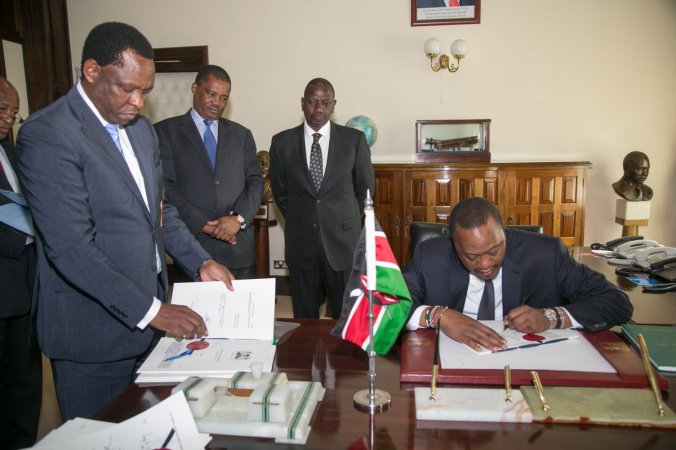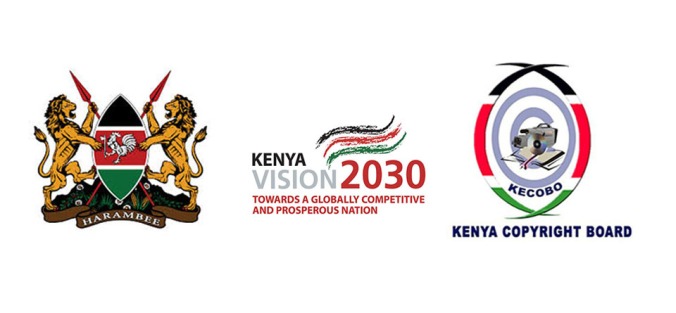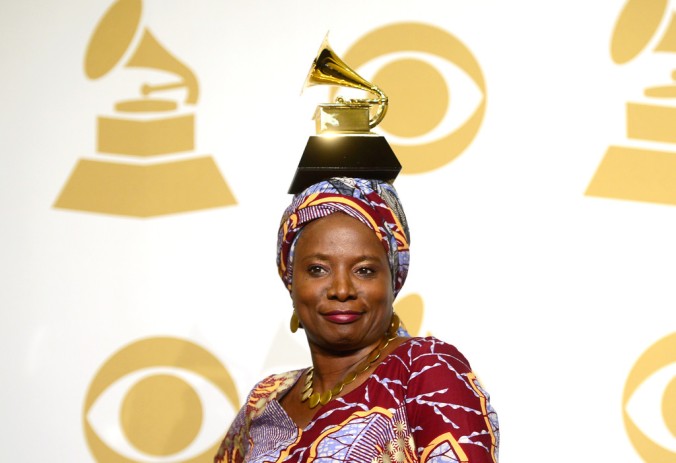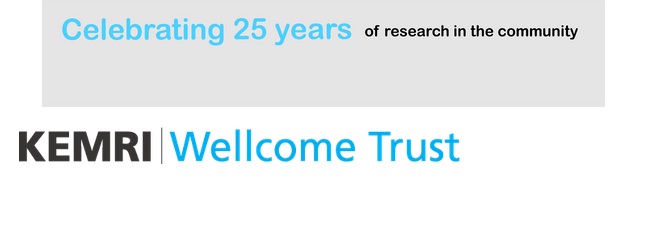
This month, CraftAfrika organized a forum for creators and entrepreneurs in the crafts and visual arts sectors to discuss the impact and importance of the intellectual property (IP) system. This blogpost is a review of some of the key IP issues that arose during this important forum.
In today’s digital era, the real challenge for artisans and visual artists is not just to produce and market winning new products that cater to changing consumer tastes, but also to prevent – or if unable to prevent then to effectively deal with – unfair competition or theft of their creative ideas. The intellectual property (IP) system is the best available tool for creating and maintaining exclusivity over creative and innovative output in the marketplace, albeit for a specified maximum period of time. The effective use of IP can also help artisans and visual artists to develop networks and relationships not only with end consumers, but also with all the links in the supply and demand networks.
Overview of IP
Intellectual property (IP) refers to creations of the mind: inventions, literary and artistic works, and symbols, names, images, and designs used in commerce. Intellectual property is divided into two categories: 1) industrial property, which includes patents, trademarks, industrial designs and utility models; and 2) copyright, which includes musical works, literary works such as novels, poems and plays, films, musical compositions; artistic works, such as drawings, paintings, photographs and sculptures, and architectural designs. Rights related to copyright include those of performing artists in their performances, producers of phonograms in their recordings, and those of broadcasters in their radio and television programmes.
Different Types of IP Protection for Crafts and Visual Arts

Before a person or enterprise can take advantage of its intellectual output it has to acquire IP rights (IPRs). IPRs in the fields of industrial property need to be registered in order to be protected. In the case of copyright, registration is voluntary since IPRs under copyright subsist automatically once the work is fixed in material form. Here are the different types of IP protection for Crafts and Visual Arts, in order of priority:
1.Trademark: A brand or trademark is a sign or any combination of signs, capable of distinguishing a product or service from other products or services on the market. The main task of a trademark is to individuate a product or a service – consumers are able to distinguish between different goods with different marks precisely on the basis of the marks. Unlike other types of IP, the term of protection for trademarks is not limited; they can be renewed indefinitely by the owner.
Example: SANDSTORM is a registered trademark used for hand-crafted leather items such as bags. It is registered together with a lizard symbol.
2.Copyright: Basically, copyright gives the owner the exclusive right to use the work. It protects items such as paintings, drawings, sculptures, photographs, architecture, instruction manuals, software, databases, technical documentation, advertisements, maps, literary works, music, films or songs. In most countries, a copyrighted work is protected for the length of the author’s life plus a minimum of another 50 years.
3.Industrial Design: An industrial design (or simply a design) is the appearance of the whole or part of a product resulting from features of, in particular, the lines, contours, colours, shape, texture and/or materials of the product itself and/or its ornamentation. Industrial designs, as objects of IP, can usually be protected for up to a maximum of 15 years. The fees indicated in the table above for design registration are the total fees payable to KIPI and not merely the filing fees.
Example: A new textile pattern or the unique shape of a piece of jewellery can be protected as designs.
4.Patent: A patent is an exclusive right granted for an invention, which is a product or a process that provides a new and non-obvious way of doing something, or offers a new and non-obvious technical solution to a problem. A patent provides protection for the invention to the owner of the patent for a limited period, generally 20 years.
Example: A new method of tatting, using a shuttle, that enables the tatter to use more than two colours or textures of thread has been patented.
5. Utility Model (‘Petty Patent’): A utility model is similar to a patent, but the requirements for acquiring protection are less stringent and the protection is much cheaper to obtain and to maintain. On the other hand, the term of protection offered by a utility model is shorter than a patent i.e. 10 years without the possibility of renewal. The fees indicated in the table above for utility models are the total fees payable to KIPI and not merely the filing fees.
6.Trade secrets: this is confidential business information of any nature that can be used in the operation of a business and that is sufficiently valuable and secret to afford economic advantage over others. To be protected, the owner of a trade secret must have taken reasonable steps to keep the information secret. Therefore it is advised that artisans and visual artists use Non-Disclosure, Non-Compete and Confidentiality agreements and/or clauses in all their dealings with third parties.
Examples: Glass-blowing techniques, oven processing methods for baking pottery, clay mixture preparations for ceramics, consumer profiles, advertising strategies, lists of suppliers and clients, and manufacturing processes can all be trade secrets.
Commercialising Intellectual Property Rights
IPRs represent property rights. They can be used by the IPR owner or they can be transferred to others. Artisans and visual artists who own any IPRs can sell their rights to another person. More importantly, IPRs have the particular advantage that they may be exploited simultaneously by several people. This can be done through licensing.
The word licence simply means permission – a person grants permission to another to do something. A licence agreement is a contractual agreement under which a licensor (the person who owns the IP) permits another (licensee) to use the right. It does not transfer the ownership of the IP.
Enforcing Intellectual Property Rights
The main reason for acquiring IP protection is to be able to reap the benefits of the creations. IP assets can only lead to benefits when the acquired IPRs can be enforced; otherwise, infringers and counterfeiters will always take advantage of the absence of effective enforcement mechanisms to benefit from the artisan’s or visual artist’s hard work. It is often the threat of enforcement or the actual enforcement action which allows an IPR to be effectively exploited as a commercial asset.
In the recent dispute between Penny Galore and Amani Women’s Group, Amani was accused of infringing Penny Galore’s rights under both copyright and trade mark law with respect to the latter’s handmade necklace branded and marketed widely as the Kura Necklace. Penny Galore alleged that Amani had substantially copied and/or reproduced the Kura Necklace Grey and that Amani were selling this infringing work at its shops to individuals and/or independent traders. Therefore Penny demanded that Amani immediately stop all dealings with its alleged infringing necklace and that all pieces of the disputed Amani neckace must be destroyed.
In the case of Alternative Media Ltd vs Safaricom Ltd (2005) 2 KLR 253, the court found that Safaricom had infringed Alternative Media’s rights under copyright with respect to artistic works created by the latter. It was found that Safaricom had used artwork belonging to Alternative Media on its 250 Shillings Scratch Cards without Alternative Media’s authority. Therefore the court found that infringement of copyright arose not because the Safaricom’s work resembled Alternative Media’s, but because the Safaricom had copied all or a substantial part of Alternative Media’s work.
The Intellectual Property End-Game
For artisans, craft entrepreneurs and visual artists in Kenya, the IP system should be viewed as a protection and promotion tool that, if used effectively, can enhance business success.
Some important IP considerations include: identification of creative output that may be protected with IP rights, understanding the types of IP rights and protective measures best suited for particular needs and business, consideration of the costs and benefits of IP registrations, maintenance and management of IP assets, detection of IP infringements and enforcement of IP rights.














